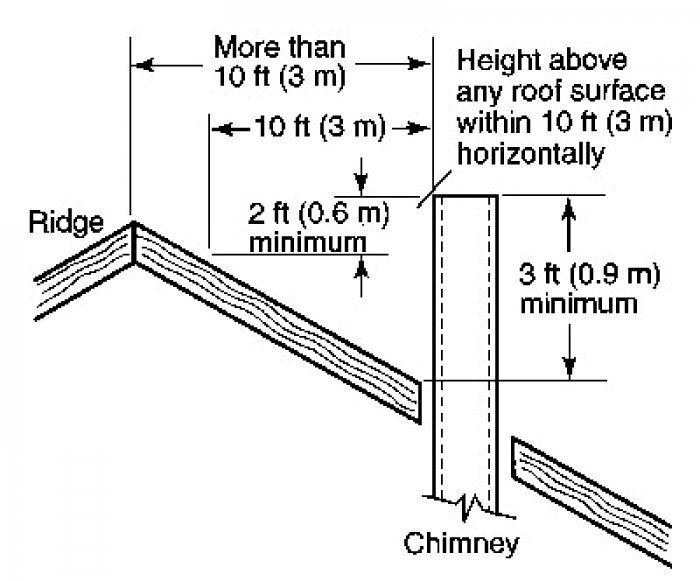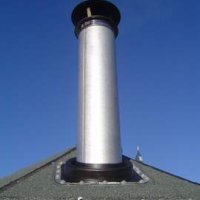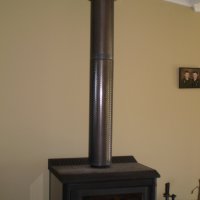General Flue Information
Speak to an expert about this product
Enter your details and one of our expert staff will contact you at your preferred time to discuss your requirements.
Description
- Flues & Flueing Inner or active flues
Every wood heater requires its own flue, the flue allows smoke, unburnt gasses and particles from your wood heater to travel outside of your home.
Diameters of inner/active flue pipes are determined by the manufacturer of the heater and must not be altered.
When fitting flue pipes together all pieces should be push fitted together and each joint fastened together at 3 evenly spaced intervals. We use and recommend stainless steel rivets, or screws. This stops the pipes being separated, this can easily happen when you clean your flue. It also helps to maintain flue stability. Flue cleaning should be carried out annually.
- Flues & Flueing Pipe casings or outer flues
Flueing beyond walls or ceiling penetrations need to be double cased generally and extend outside the building. It is for this reason that we sell triple flue kits standard with our wood heaters and not the common cheaper double flue kits.
In layman terms a triple flue (also known as double cased) flue has an active inner pipe (usually stainless steel), an outer flue casing (galvanised) and yet another larger outer casing (again galvanised). For example a 6 inch triple (or double cased) might have a 6 inch inner, an 8 inch outer and a 10inch outer.
- How far does my flue pipe need to come out of my roof
A wood heater installation must meet the Australian standard AS2918.
How far your flue pipe must extend out of your roof depends upon
a) the minimum height of a flue system within 3m from the highest point of the roof shall be 600mm above that point
b) the minimum height of a flue system further than 3m from the highest point of the roof shall be 1000mm above roof penetrations
- What is a downdraft and why does smoke come back down my chimney
A downdraft is where products of combustion (smoke, unburnt gasses or particles) enter the home instead of being exhausted outside. Sometimes even with a correct and proper wood installation a downdraft can still happen.
Common causes of this include
Negative air pressures within the home which may be caused by air exhaust systems, air conditioning systems and windows away from the wind direction
Termination of the flue in a high pressure zone such as on the downstream side of airflow obstruction ie hills, trees, parts of buildings either where the appliance is installed or adjacent
Homes which are too airtight not providing enough combustion air for the heater
Wind direction at the time
- How can I stop smoke coming back down the flue
Most often the cause of smoke coming back through the flue is downdraft, other reasons may be fitting the wrong size flue to the heater, during reloading of the fire box, opening of the heater door too quickly causing a vortex of air into the fire chamber these are usually not continual problems.
If downdraft occurs other than on an intermittent basis then some of these ideas may be of help
Extend the flue system into an unrestricted airflow space not hampered by hills, trees, parts of buildings either where the appliance is installed or adjacent to
Provide further airflow into air tight homes allowing for an additional combustion source
removing any sources of the homes negative air pressure
fitting the flue with an anti downdraft cowl (our flue kits come standard with this)
making sure the right size flue system is fitted for the heater make and model
This information is intended as a general guide only.



